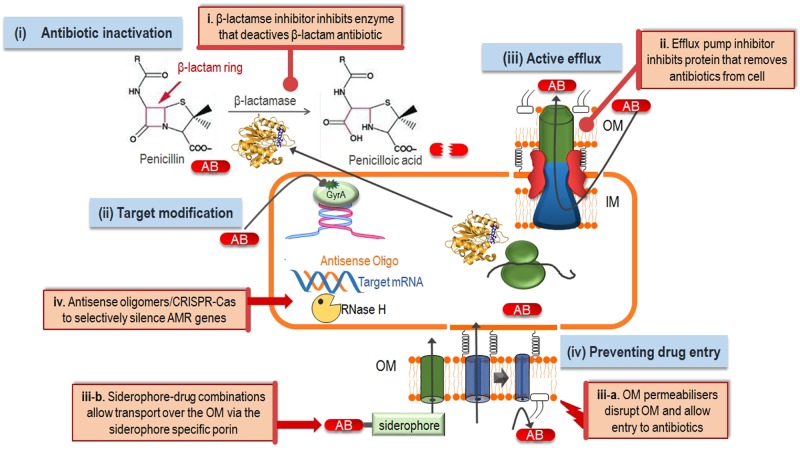Figure 2. Antimicrobial resistance mechanisms in Gram-negative bacteria and ways to reverse resistance.
The four main mechanisms of antibiotic resistance in Gram-negative organisms (blue boxes) are (i) antibiotic inactivation, for example, the production of β-lactamase enzymes that hydrolyse the β-lactam ring thereby deactivating this class of antibiotics; (ii) target modification, for example modifications in the GyrA protein confers resistance to fluoroquinolones; (iii) active efflux, where drug efflux pumps remove the antibiotic from the bacterial cell thereby lowering antibiotic concentration to sub-toxic levels and (iv) prevention of drug entry through the OM by the expression of more selective porins, mutations in porins or loss of porins. Antibiotic resistance can be reversed by the addition of resistance breakers (orange boxes) such as (i) β-lactamase inhibitors to prevent antibiotic degradation; (ii) efflux pump inhibitors to allow the antibiotic to reach its target instead of being removed by the efflux pump; (iii-a) OM permeabilisers that destabilise the bacterial cell, thereby allowing antibiotics entry through the normally impenetrable OM; (iii-b) siderophore-drug conjugates which allow the antibiotic to breach the OM barrier by being transported through the siderophore specific porin and (iv) gene-silencing techniques to prevent expression of resistance determinants.

